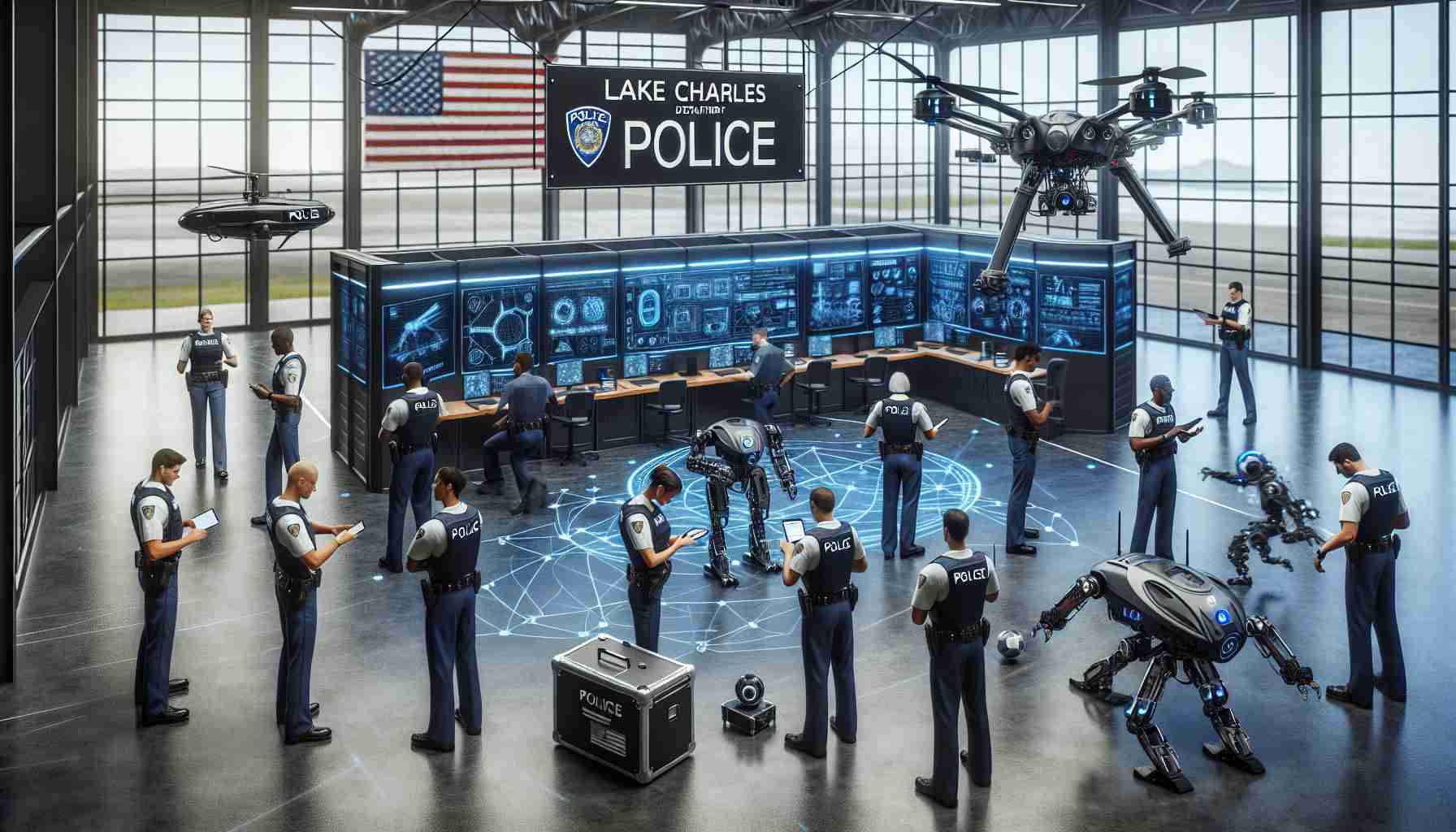The Russian Su-57 fighter jet, often presented as a symbol of modern aviation prowess, is attracting scrutiny from both enthusiasts and skeptics worldwide. Russia brands it as a cutting-edge breakthrough, yet questions linger about its genuine performance compared to other fifth-generation fighters like the American F-35 and F-22.
The Su-57 boasts advanced stealth technology that aims to minimize radar visibility, but many believe it pales in comparison to its Western counterparts. A significant limitation is its engine; while a new engine, “Product 30,” is on the horizon, the jet currently depends on the outdated AL-41F-1 model, hindering its full speed potential.
Production of the Su-57 has been severely disrupted by Western sanctions. These restrictions have impeded the access to crucial electronic components traditionally sourced from Western countries. Vital components such as Germany’s WA36 attenuator and other key power supplies have become inaccessible, forcing Russia to explore alternative suppliers like China. This shift, however, has led to higher costs and prolonged production delays.
The reliance on Chinese technology introduces numerous concerns for the Su-57’s operational reliability. Experts warn of potential security risks in using Chinese-made parts, as they may possess vulnerabilities that can be targeted in cyber warfare. Additionally, these components often lack the quality and precision of Western technology, raising fears about their durability and performance.
Russia’s ambitions of developing a new-generation fighter face tremendous hurdles. Although steps are being taken towards innovations, the journey is fraught with financial and technological roadblocks, fueled by ongoing sanctions and an unstable economy. Despite these challenges, Russian defense industries persist in pursuing and experimenting with bold and innovative military solutions.
Inside the Struggles of Russia’s Su-57: More Than Meets the Eye
The development and deployment of Russia’s Su-57 fighter jet reveal a complex tapestry of industrial ambition, geopolitical strategy, and technological hurdles, impacting not only Russia but also global military dynamics. While the Su-57 has captured international attention, its journey is steeped in broader repercussions for people, communities, and countries worldwide.
The Global Ripple Effect of Technological Shortcomings
One of the understated impacts of the Su-57’s development challenges is the broader technological and military shortcomings that affect global military balances. The perceived delay and technical snags in the Su-57 program ripple through global defense strategies, prompting countries like India, who once showed interest in the fighter, to reassess their collaborations and defense procurement strategies.
The repercussions extend beyond military alliances. Financial markets and industries linked to defense technology also feel the heat of these uncertainties. Russian companies invested in the Su-57 project face economic strain due to disrupted production cycles, and communities depending on these jobs experience a cascade of economic challenges. Conversely, adversaries might see opportunities in these gaps, resulting in a reshuffling of defense investments in neighboring regions.
Interesting Juxtapositions: International Collaboration vs. Paranoia
The intricate web of international relations unveils the choice between collaboration and suspicion. Russia’s pivot towards Chinese electronic technology for the Su-57 reflects this dilemma. While it shows a willingness to diversify and strengthen bonds with China, the shadow of cybersecurity threats and quality concerns looms large. Nations around the globe watch warily, understanding that these dynamics could redefine alliances and influence in the region.
Advantages and Disadvantages of the Su-57 Saga
While the Su-57’s development represents a leap in Russian aviation technology, offering strategic advantages in terms of technological advancement and defense capabilities, its struggles reveal disadvantages tied to geopolitical challenges and reliability concerns:
– Advantages:
– Russia’s drive back home innovation, potentially sparking a new era of self-reliant defense production.
– The Su-57 could serve as a deterrent, maintaining a balance of power in military engagements across Eastern Europe and Asia.
– Disadvantages:
– High dependency on external components jeopardizes the production timeline and overall trust in the fighter’s performance capabilities.
– Fears of cybersecurity threats from Chinese components could compromise not just military engagements, but national security.
Frequently Asked Questions
Q: Could the issues with the Su-57 affect other Russian military technologies?
A: Yes, ongoing sanctions and technological challenges could mirror in other aspects of Russian military technology development, leading to broader implications across their defense strategies.
Q: How does the Su-57 influence international arms markets?
A: The faltering allure of the Su-57 in arms markets may open doors for competitors, pushing countries to reconsider their defense budgets and technology alliances, prompting a reshuffle in global arms deals.
For more insights into global military technologies and defense strategies, visit the following resources:
– Defense.gov
– Global Military
– Aviation Week
This narrative around the Su-57 lays bare the interplay between innovation, international relations, and strategic military planning, painting a broader picture of modern warfare’s complexities beyond mere technological advancement.
The article has been updated: 2024-11-08 07:52
Here are some suggested related links:
1. Reuters – A leading global news organization that covers international news, including military and geopolitical developments.
2. BBC News – A trusted source for news and analysis, including stories related to Russia and its military capabilities.
3. Al Jazeera – Provides in-depth news coverage and commentary from around the world, including insights on Russia’s military strategies.
4. CNN – Offers breaking news and analysis, including reports on Russia’s defense initiatives and global implications.
5. Defense One – Focuses on military and security issues, providing analyses on defense technologies and strategies pertinent to global powers like Russia.
6. NPR – Delivers news and analysis on international relations and security concerns, including coverage of Russia’s military posture.
7. The Washington Post – Offers in-depth reporting on political and military developments, including Russia’s strategic challenges and capabilities.
8. Foreign Affairs – Publishes articles and essays on international relations and security, with a focus on Russia’s role in global conflicts.
9. The Guardian – Provides comprehensive news and opinions, particularly on geopolitical issues involving Russia.
10. Financial Times – Focuses on global economic news and analysis, including the implications of military challenges faced by countries like Russia.
The article has been updated: 2024-11-08 21:52
What are the critical challenges facing Russia’s secret weapon and how could they impact its effectiveness?
Russia’s secret weapon, which is often cited as its advanced military technology and cyber capabilities, faces several critical challenges. These include:
1. Technological Innovation: Rapid advancements in defense technologies by other nations could render Russia’s existing capabilities obsolete. Competition from countries such as the United States and China in areas like artificial intelligence and missile defense systems poses a significant threat.
2. Economic Sanctions: Ongoing economic sanctions from Western countries have hampered Russia’s ability to invest in and develop new technologies. This can limit the resources available for maintaining and upgrading its military arsenal.
3. Supply Chain Issues: Disruptions in supply chains, exacerbated by geopolitical tensions and conflicts, can prevent access to essential components and materials needed for the production of sophisticated weaponry.
4. Internal Dissent: Political and social instability within Russia could affect military morale and the support for continued military investments. If public opinion turns against military expenditures, it might lead to budget cuts.
5. Operational Limitations: The battlefield experiences in conflicts such as the ongoing situation in Ukraine have revealed deficiencies in training, logistics, and real-world performance of Russia’s military capabilities.
These challenges could significantly impact Russia’s military effectiveness, potentially changing the balance of power and influencing global geopolitics. If these issues are not addressed, Russia may struggle to maintain its status as a formidable military power, leading to shifts in alliances and military strategies worldwide.























